Weidmüller E-mobility
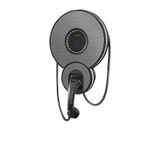
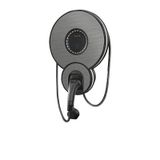

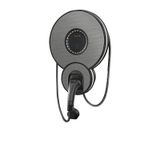



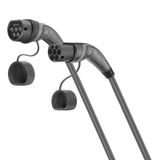





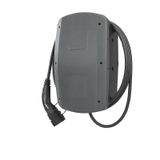

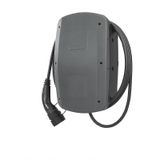
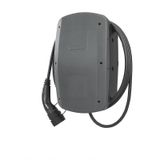
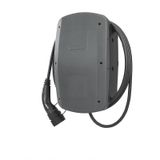
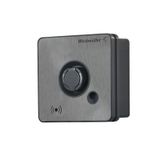



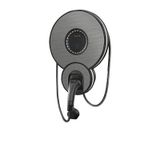

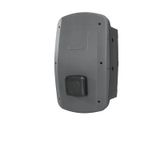

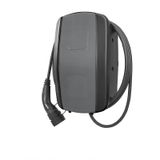


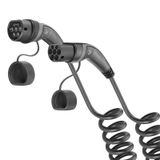
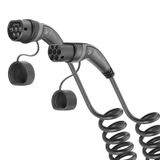
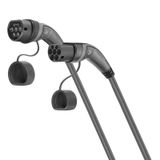


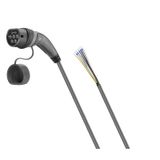

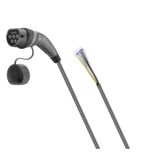


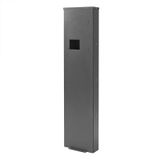

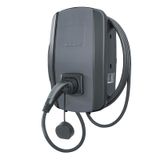
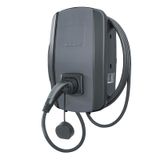


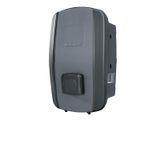

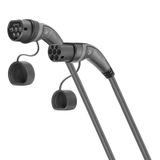
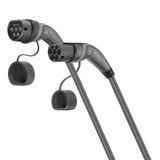
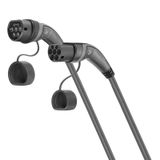

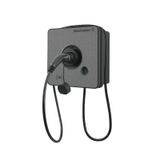
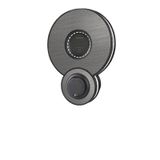
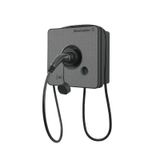
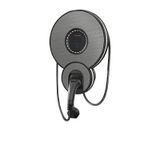
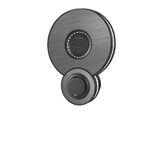
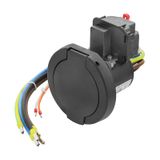
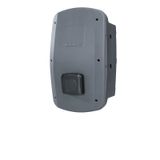
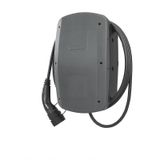
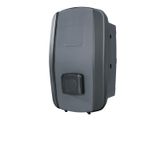
-
-
1
- 2
-
weidmuller e-mobility overview and range
This category covers AC and DC hardware for charging points—from compact wall units to multi-point cabinets—plus the rails, terminals and protection you need to build reliable stations fast. Weidmüller structures the offer by power class (AC 3.7–22 kW, DC 30–180 kW), mounting (wall, pedestal, cabinet), and connectivity (OCPP-ready controllers, MID metering, RFID). Typical buyers are C&I facilities, fleet depots, OEM integrators and installers who want stable footprints, quick wiring, and spares that repeat across projects.
weidmuller ev charging systems families and power classes
Think in three buckets. AC single/dual-outlet stations for workplaces and parking garages; DC cabinets with modular rectifier drawers for highway or depot use; and electrical balance-of-system kits (MCBs/RCDs, SPDs, isolators, PE bars, cable management). Options include socket or tethered cable, Type 2/Combo, dynamic load management, and backend-ready controllers. Most distributors keep 11/22 kW AC units and 60–120 kW DC frames moving, with matching pedestals and cover kits.
Range structure and fast movers
- AC wall or pedestal units with RFID, Ethernet/4G, MID meter, and load sharing.
- DC cabinets with modular power blocks, liquid or forced-air cooling, CCS leads and service doors that open wide.
- Panel kits: DIN rails, terminal blocks, gG fusing, Type 1+2 SPDs, and door-coupled isolators sized for feeder protection.
Popular picks: AC 22 kW dual outlet for garages, 60–90 kW DC cabinets for fleets, and pre-bagged gland/marker kits for each point
weidmuller wallbox chargers for homes and fleets
Wall units prioritize quick install and fleet control. Housings are compact; wiring lands on push-in terminals; communication ports sit front-facing for clean routing. Tethered options speed user turnover; socket versions suit vandal-prone sites where cables live indoors. Load-balancing controllers share available kW across bays, and simple pedestal adapters convert a wall unit to island mounting without re-engineering the base plate.
weidmuller ev connection systems and cabling
Field wiring uses UV-stable cable glands matched to printed jacket ODs; PE bonding is short and visible to the bar. For DC, shield clamps maintain 360° continuity from entry to controller. Service loops sit on strain-relief bars so door movement doesn’t stress conductors. Pre-terminated harnesses and labeling kits keep bays consistent, reducing commissioning time and future returns.
Key features and ordering specs that matter
- Power classes. AC 3.7–22 kW; DC 30–180 kW modular blocks—size by site capacity and turnaround targets
- Protection & safety. Type A/F/RCD as required; coordinated MCBs/fuses; SPDs with remote contacts for alarms.
- Comms & control. OCPP-ready, RFID reader options, Ethernet/4G; dry contacts for BMS or barrier control.
- Metering. MID-approved modules for billing; clear terminal access for verification.
- Enclosures. IP54–IP66 depending on location; GRP/metal options; heater/vent kits for cold or hot climates.
- Kitting. Pedestals, glands, markers, PE bars, and isolator handles in one pick to avoid site revisits.
Applications and compatibility
Use across office parks, retail car parks, logistics depots, municipal lots and hospitality sites. Panels build out on TS35 rails; accessories align with the same terminal, marker and DIN-rail ecosystem used in control cabinets. For basket building, pair chargers with Weidmüller surge protection devices, switch disconnectors, terminal blocks, DIN rails, cable glands and power supplies—everything lands in one consolidated shipment.
Integration with other brand products
AC station internals use the same push-in terminals and marker carriers as your control gear. DC cabinets share SPD cartridges and isolator handles with PV/BESS builds, simplifying spares. Cable entry hardware mirrors the cable gland families you already stock for panels; shielding and PE bonds stay short and repeatable.
Selection criteria for B2B clients
- Site power and diversity. Map available kVA and decide AC vs DC mix; load-share controllers smooth peaks.
- Use profile. Retail dwell time suits 11–22 kW AC; depots need 60–150 kW DC to turn vehicles between shifts.
- Connector strategy. Socket vs tethered affects throughput and vandal risk; specify lead length per bay geometry.
- Billing and access. Choose MID metering and RFID if reimbursing; add OCPP for fleet software.
- Environment/IP. Outdoor lots need IP65 with heaters/vents; coastal or chemical sites prefer coated hardware and A2/A4 fixings.
- Service model. Modular DC blocks and pluggable SPDs reduce downtime; stock one pedestal and cover kit type across sites.
Advantages of working with Bankoflamps
You get individual B2B pricing and custom offers, a personal account manager and real-time stock across EU warehouses. Quotes turn around fast (≈1 hour). Ordering by EAN/MPN is straightforward with downloadable, always-current price lists. Track lead times and order status, analyze purchase history, and—if approved—use post-payment up to 30 days. We consolidate shipments to cut freight with stable pricing under validity dates, serving France, the Baltics, Germany, Spain, Italy, Belgium and the Netherlands.